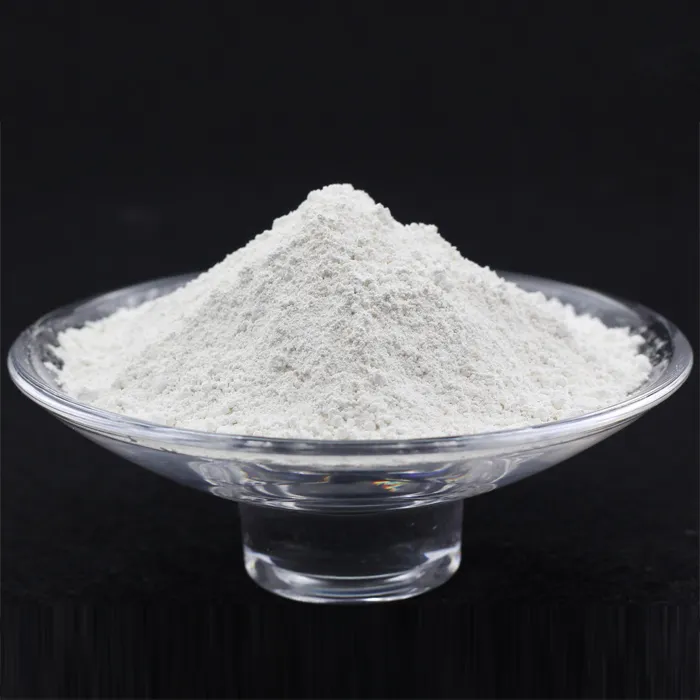Understanding API Abbreviations in the Pharmaceutical Industry
In the pharmaceutical industry, the term API stands for Active Pharmaceutical Ingredient. This is a crucial component in the production of medicines, as it is the substance responsible for the therapeutic effect of a drug. Understanding API and its related abbreviations is essential for anyone involved in pharmaceuticals, whether they are researchers, manufacturers, or healthcare professionals.
APIs are derived from various sources, including natural substances, chemical synthesis, and biotechnological processes. They can be simple chemical compounds or complex biologics. The quality and potency of an API can greatly affect the efficacy of the final drug product, making it imperative to adhere to strict regulatory standards throughout the production process.
Understanding API Abbreviations in the Pharmaceutical Industry
These abbreviations serve not only to expedite discussions but also to clarify processes and expectations in drug development and approval. For instance, each stage of drug development is marked by specific identifiers, such as “IND” for Investigational New Drug submission, which allows clinical trials to commence. The clarity afforded by these abbreviations helps researchers navigate the often-complex landscape of pharmaceutical regulations.
api abbreviation pharma

Furthermore, the manufacturing of APIs involves adherence to Good Manufacturing Practices (GMP), which ensure that products are consistently produced and controlled according to quality standards. GMP compliance is often abbreviated as GMP in documents and discussions. This isparticularly important because any deviations in API quality can lead to failures in drug efficacy or even pose health risks to patients.
The supply chain for APIs is also critical in the pharmaceutical industry. CMO refers to Contract Manufacturing Organization, making it possible for pharmaceutical companies to outsource their API production. This allows smaller companies to focus on research and development while benefiting from the established facilities and expertise of CMOs. The abbreviation CRO for Contract Research Organization is also significant in this space. CROs facilitate the entire drug development process, including preclinical and clinical trials, making collaboration and communication vital.
Another important facet of the API landscape is the role of international regulations. Different regions have specific regulatory bodies, such as the European Medicines Agency (EMA) in Europe and the Therapeutic Goods Administration (TGA) in Australia. These organizations use various abbreviations in their guidelines and policies, making familiarity with these terms essential for global operations in the pharmaceutical field.
The pharmaceutical industry's rapidly evolving nature means that professionals must stay abreast of the latest developments, not only in drug formulations but also in the abbreviations and regulations that govern their fields. Abbreviations streamline communication and improve efficiency, but they can also serve as a barrier to entry for those unfamiliar with the terminology.
In conclusion, APIs and their corresponding abbreviations play a pivotal role in the pharmaceutical industry. They not only underpin the efficacy of medications but also facilitate effective communication among various stakeholders. As the industry continues to evolve, understanding these terms will remain crucial for anyone involved in the development, manufacturing, or regulation of pharmaceutical products. By mastering this specialized vocabulary, professionals can ensure that they contribute effectively to the global pursuit of health and well-being through innovative pharmaceuticals.

